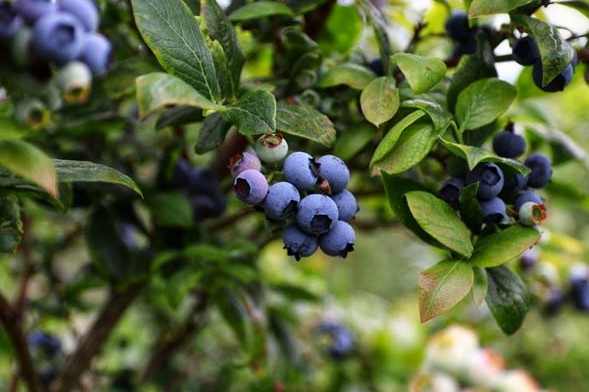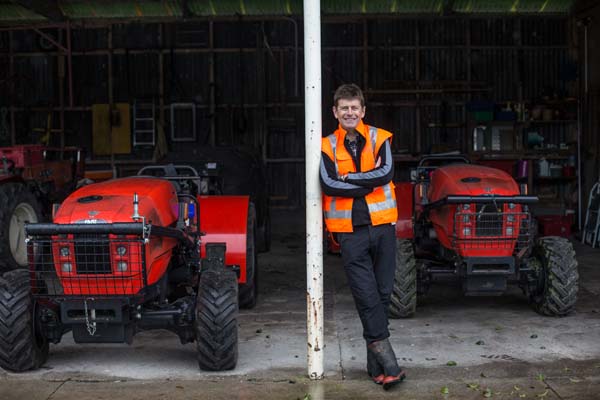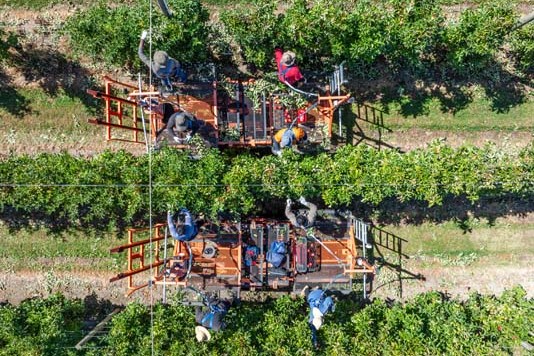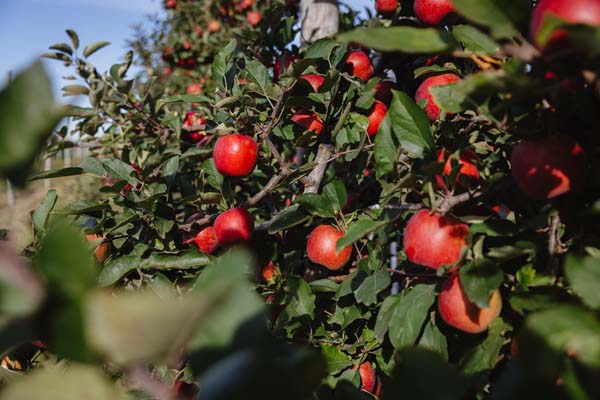The Southern Dairy Hub’s experience with wearable technologies has found them to be worth their weight in gold. By Louise Cook.
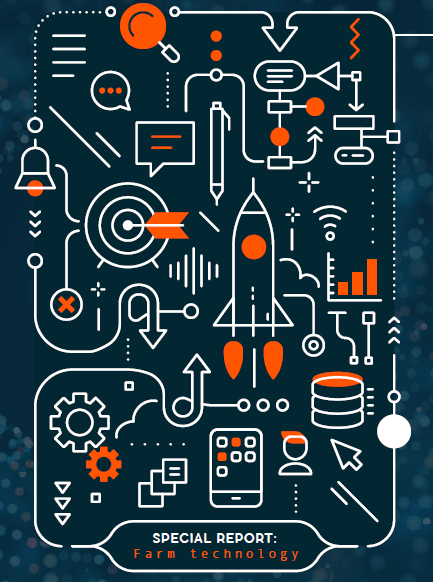 As a science rich environment, it’s fair to say we’ve collected more than the normal amount of data on our cows, pasture and soils over the last five years. At one point we had cows with up to five different electronic devices recording information about them at once, plus two sets of human measures as well.
As a science rich environment, it’s fair to say we’ve collected more than the normal amount of data on our cows, pasture and soils over the last five years. At one point we had cows with up to five different electronic devices recording information about them at once, plus two sets of human measures as well.
We’ve been doing comparative farm systems research at Southern Dairy Hub in multi-year trials for some time now. This means we’re obviously interested in the key outputs of production, profit and environmental footprint. But we’re not just looking at the total farmlet performance, a large part of what we do is focused on the differences in performance of the cows within the system.
After witnessing five years of this intense scrutiny of our cows and their performance, we’d say that there are costs associated with technology and monitoring systems. But in our opinion, they are worth their weight in gold and absolutely pay back more than you spend on the system.
TRACKING COW PERFORMANCE
One we could not live without is the tracking of cow performance. For many years we’ve been conducting fortnightly herd testing (yes – 18 herd tests per season!) resulting in some amazing data in MINDA against all of the cows in our herd. We can add to that dataset by including weights of our young stock, right through to using our DeLaval data to record the weights of the cows in the herd.
This helps build a more complete picture of cow efficiency, when we align the amount of milk against the size of the cow and look at how this varies between the herds.
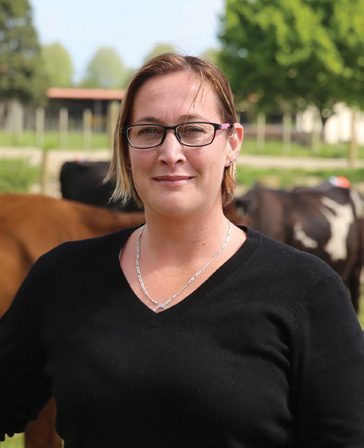
We also use cow BCS heavily throughout the year to try and get the best out of the herd. With human scoring every two weeks, we also have a DeLaval BCS camera in our exit race giving us daily data and early indications of BCS changes. In the absence of any other monitoring on the herd, just using your BCS data can yield huge results in both production and reproduction.
We also have daily milk yields from our in-bail milk meters. On a daily basis DelPro can tell us any cows who have dropped yield, and/or lost weight and/or dropped in BCS. It is a fantastic early warning system to find cows who are having health challenges in the herd.
MONITORING COW HEALTH
Monitoring cow health and reproduction is the other area where we’ve played with a lot of the new “toys” available.
We’ve had a few systems at the Hub for short trial periods because the technology monitored one specific attribute we were interested in. These include ICE tags, HOBO monitors, Cow Manager tags and SmaXtec boli. The information from each system was always fast, accurate and had the potential to improve overall performance if we acted on it quickly and we’d happily use any of that technology again.
We’ve now installed a system permanently on the farm, and for the last 18 months all our cows have been wearing AllFlex collars.
We’ve used the collars to find cows in calving trouble and identify “the missing mum” hiding in the springer mob. We know cows in mid-lactation often alert on the collars at the onset of a mastitis case or early in a lameness event. We also happily use the data for identifying cows for AB – with no bulls being used for mating this year.
However, this past winter the collars opened a window for us that we’d never been able to see into previously.
As we’ve done for the past five years, we began transitioning cows on to fodder beet; a slow process that takes around 20 days. We’ve always made sure we follow the rules around small daily increases, ensuring enough baleage, double fences to avoid breakouts etc. Inevitably we’ve always had a few cows over early winter off their feed, kicking at stomachs, getting up and sitting down a lot. These cows probably had acidosis, so were pulled off crop, treated with MagOxide and re-transitioned on to crop.
We also know that in theory when you see cows with acidosis, there is also a proportion of the herd with “sub-clinical” or invisible symptoms, making it unclear which ones need attention.
Since adding the collars, we get invaluable information, especially when we had an acidosis event occur in two of our fodder beet wintering mobs in early June.
The team noticed one cow off her feed and showing signs of discomfort. Looking at the Allflex data the two mobs were showing a sizeable rumination decrease, and we found more than 90 cows in the distress report over the next 24 hours including the one cow we observed upset in the paddock.
We pulled the mobs in and drafted all of the cows on the distress report (who had experienced a significant drop in daily rumination minutes that hadn’t yet started trending back up or was still dropping).
Three more of these cows were showing signs (or sounds) of distress in the yards – a total of four with observable symptoms. What was most fascinating was that by the time we’d run all collar distressed cows through we had 30 cows (from 180 in those two paddocks) that we took off crop immediately.
One of our cows, called Flash-Ash, number 53 (seen here in her Christmas Tinsel), was in the distress report with reduced rumination but otherwise bright and normal to the eye. However, in the crush she had a temperature of 40.4C on a bleary 6C Southland day. Clearly Ash wasn’t fine – neither were her 29 sisters.
The collars identified which cows were involved in the
acidosis event and who to treat – a massive step forward for us in understanding just how widespread the sub-clinical acidosis could have been in the past. This also gets us thinking about the role these events have played in some of the erratic, unpredictable or under-performance we’ve seen in our fodder beet herds throughout the four-year farm systems trial.
It takes time and energy to find the real value for the business in the technology, but for us, there is no question our future success will lie in the pathway of healthy and efficient animals who can now “talk” to the humans and help us understand what they need to perform at peak.
There are real opportunities which next generation monitoring offers, and we increasingly have capacity to go from managing the herd well to ensuring each and every cow is healthy and efficient.
- The Southern Dairy Hub is a venture involving DairyNZ, AgResearch and southern farmers that leads innovation through research and demonstration.
- Louise Cook is Southern Dairy Hub general manager.


